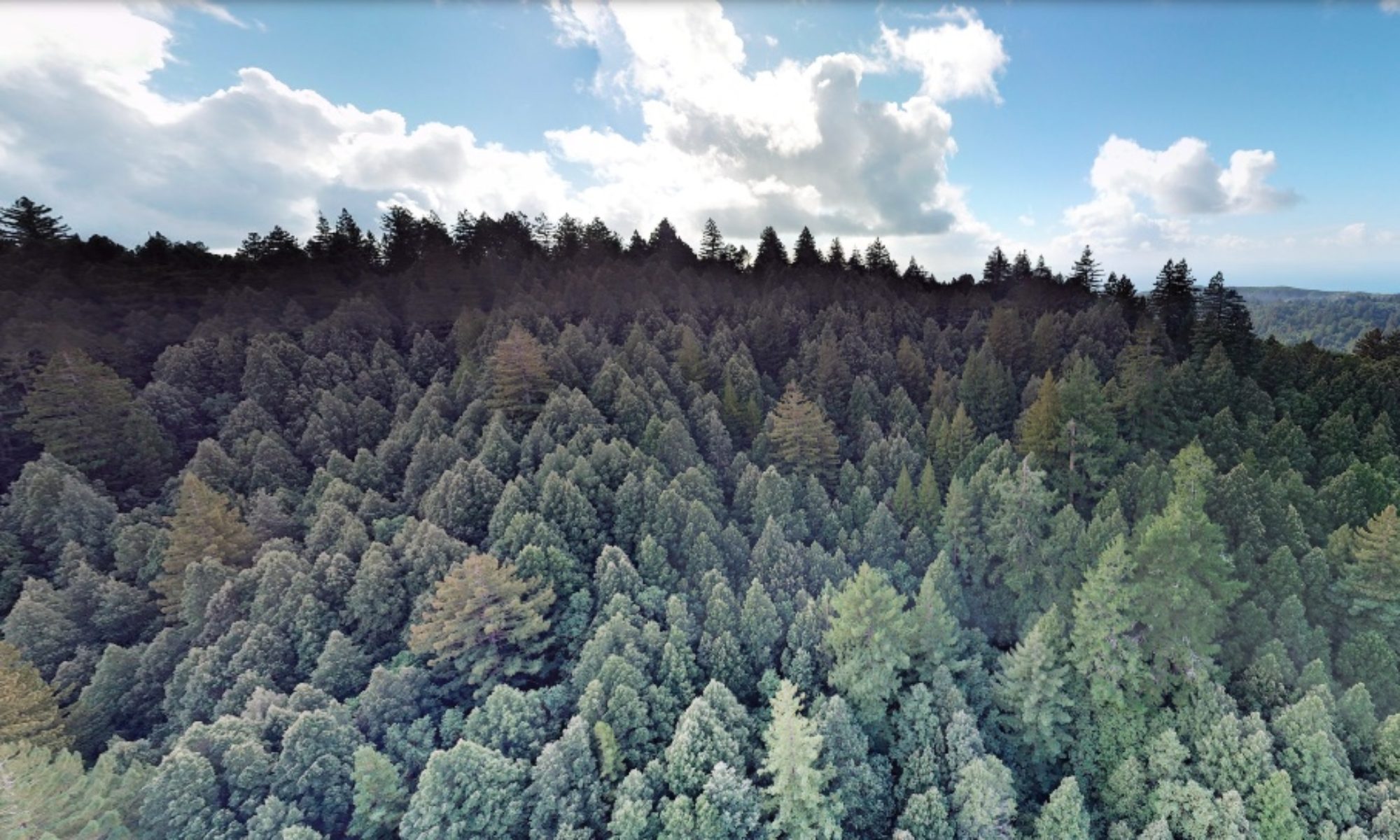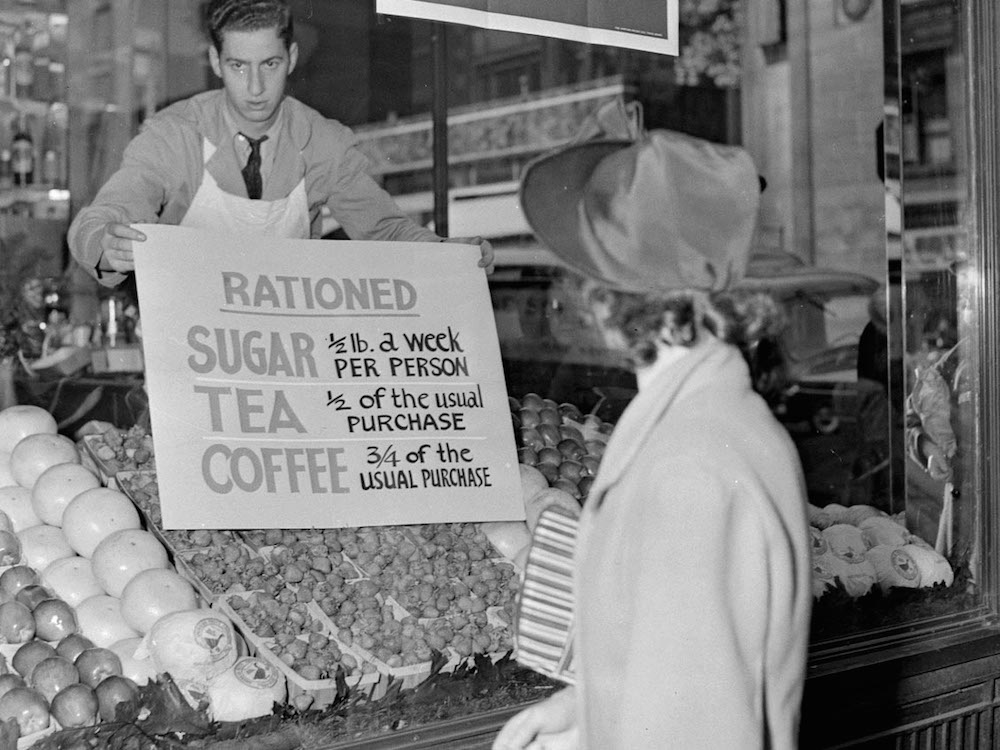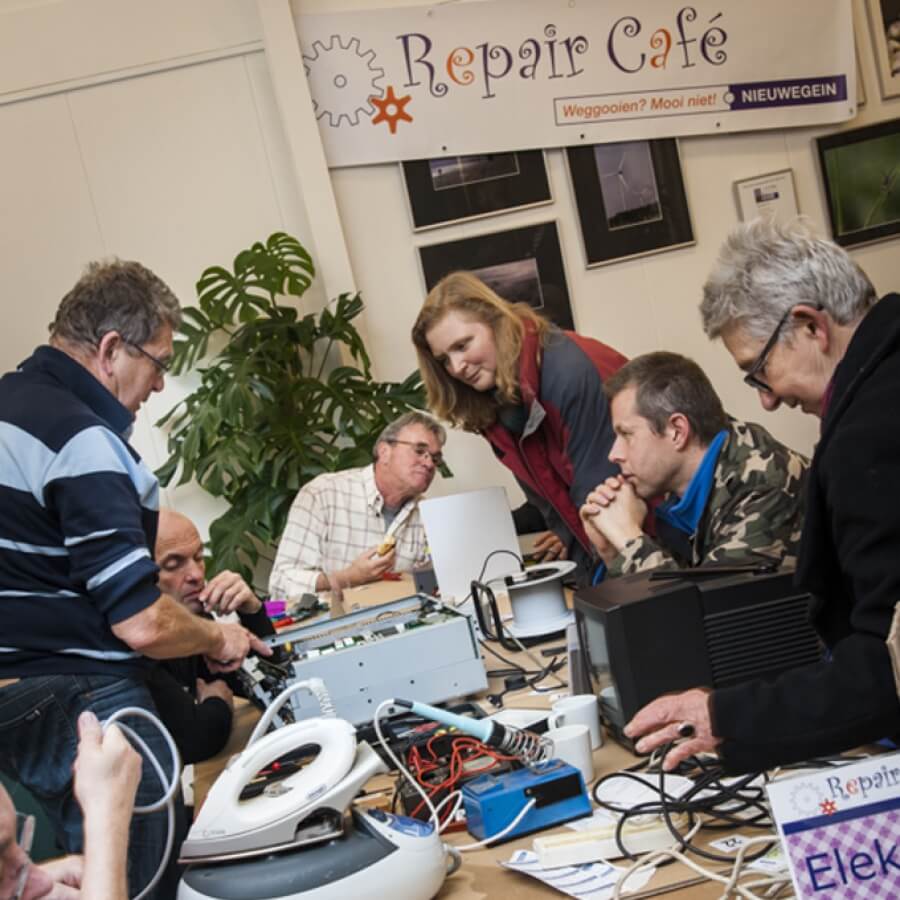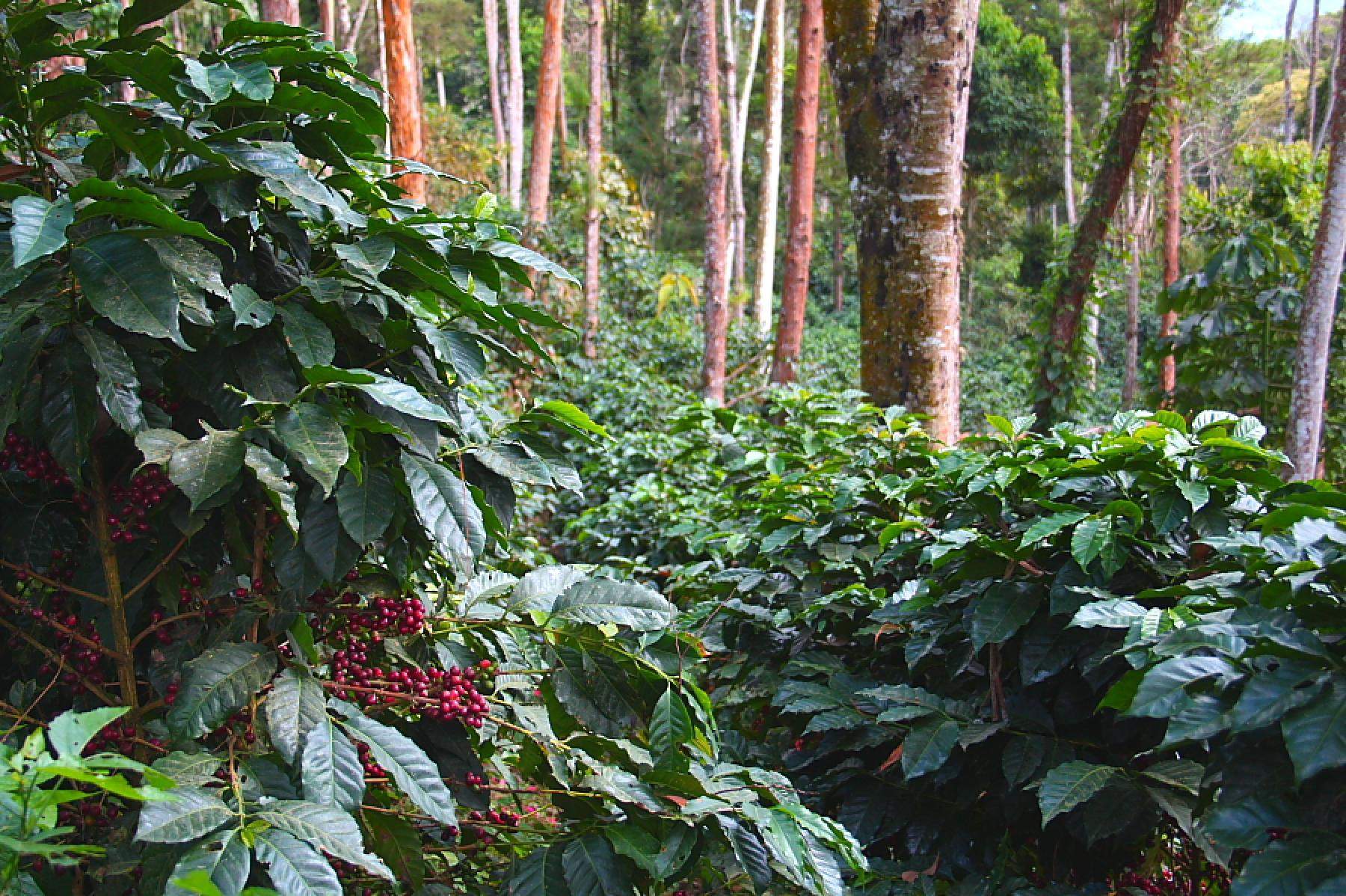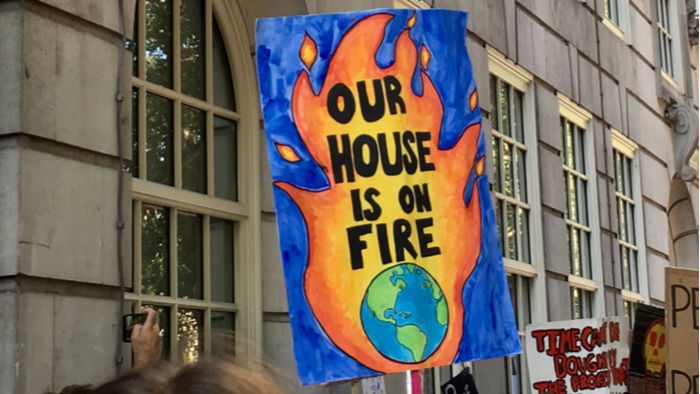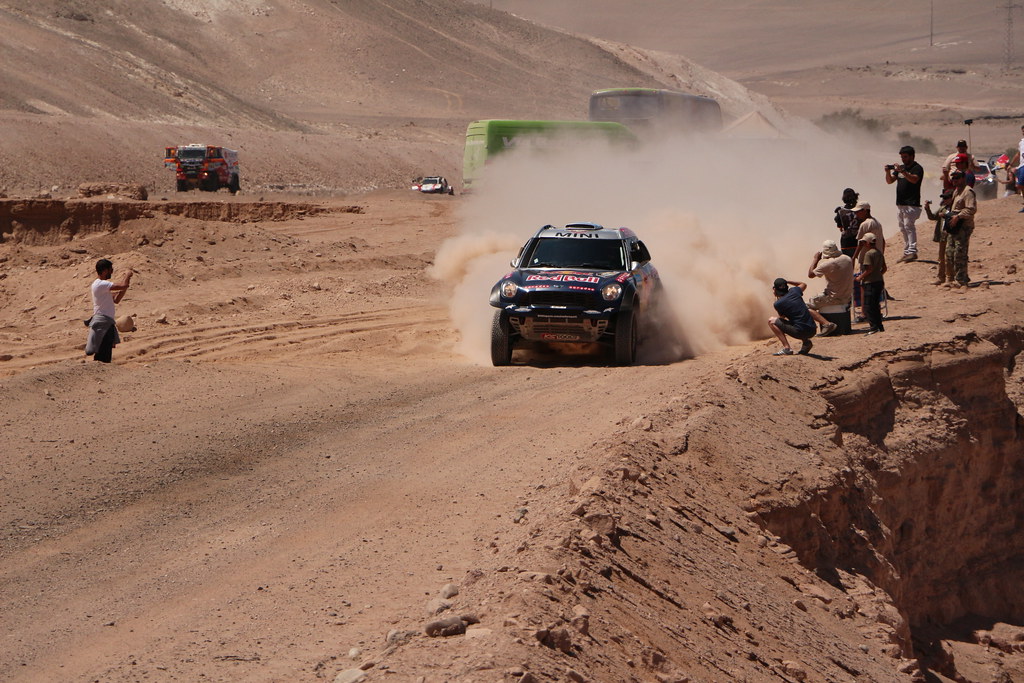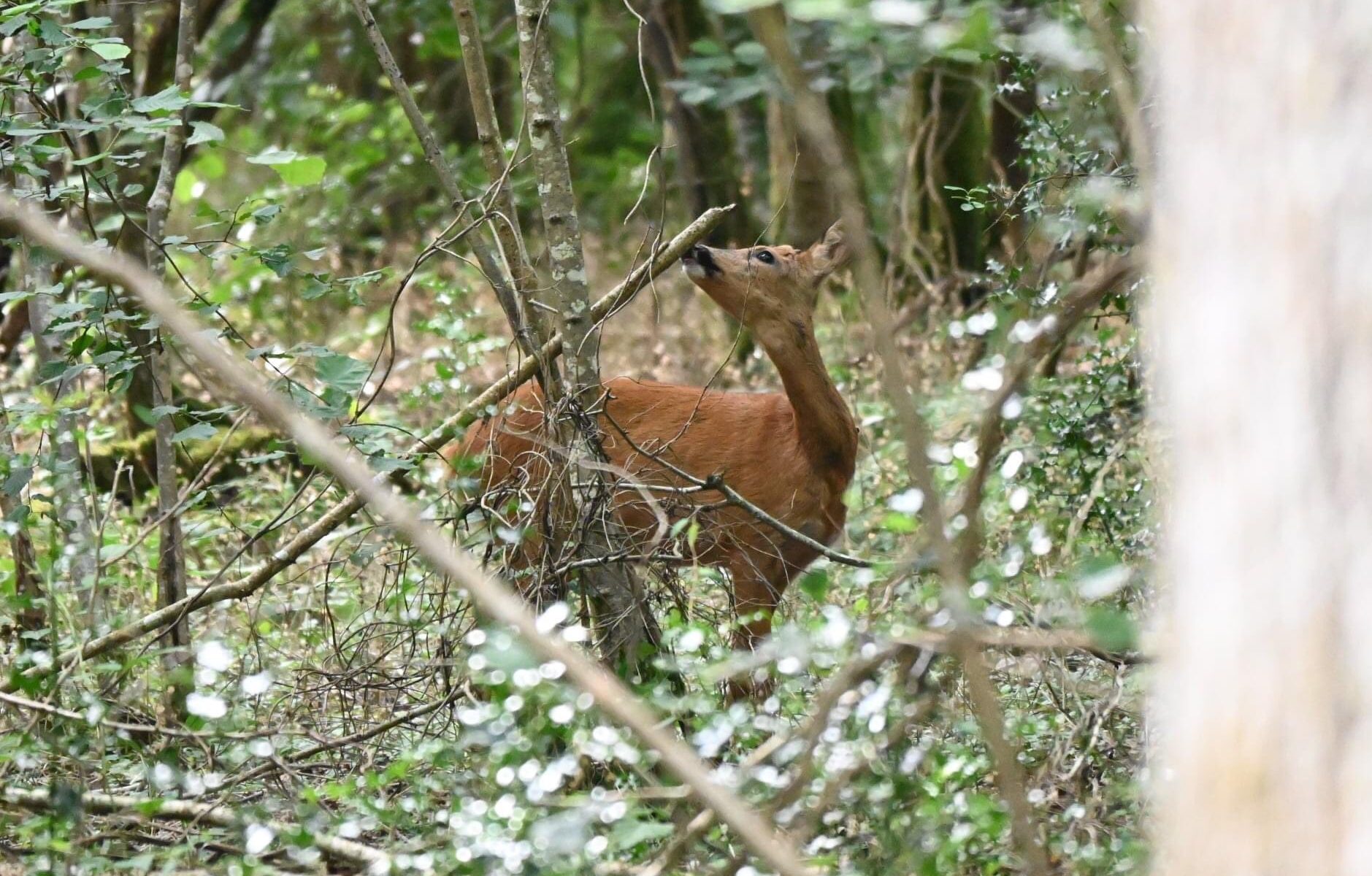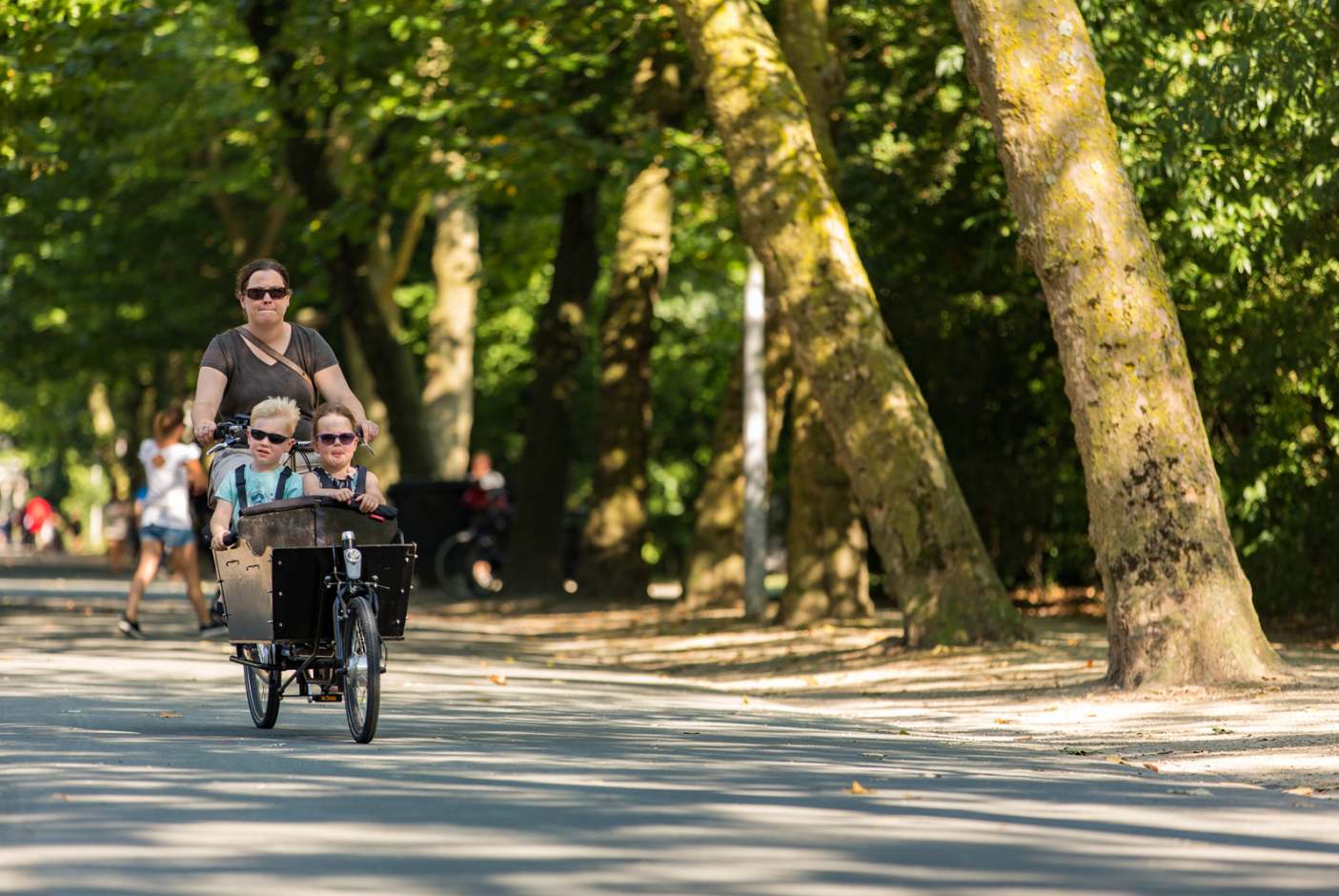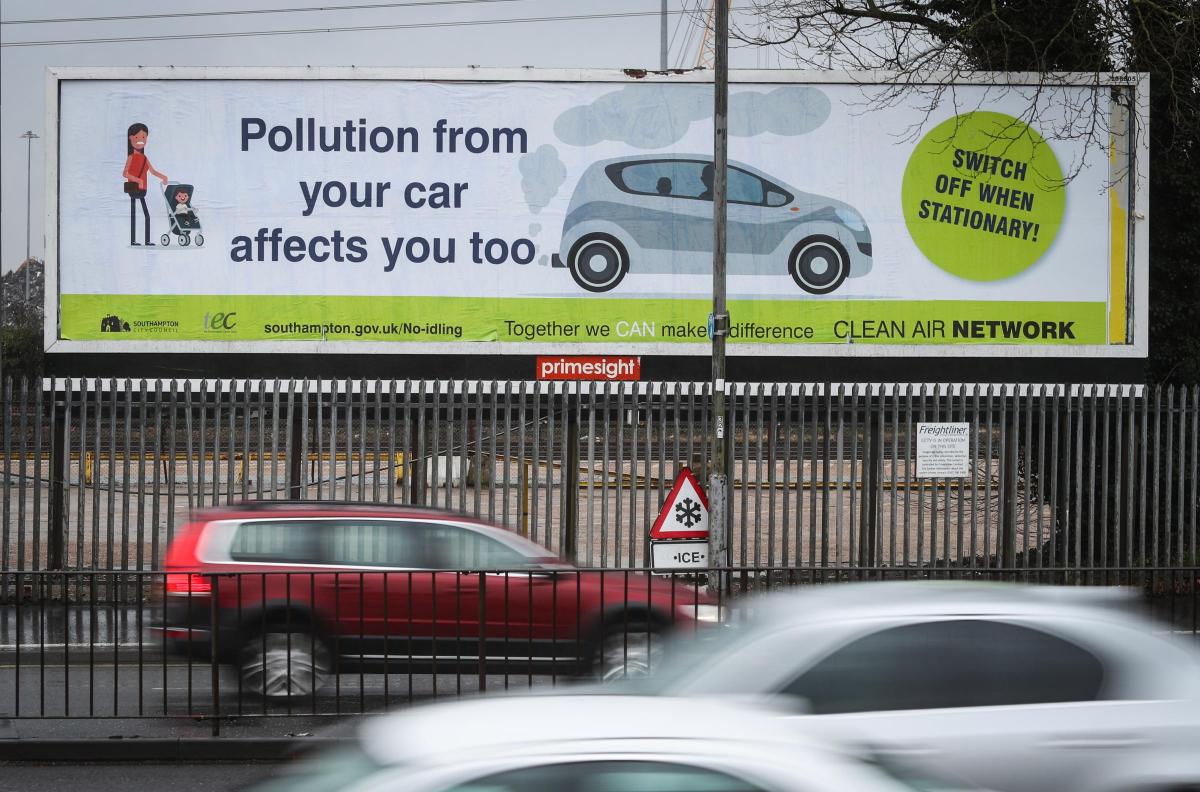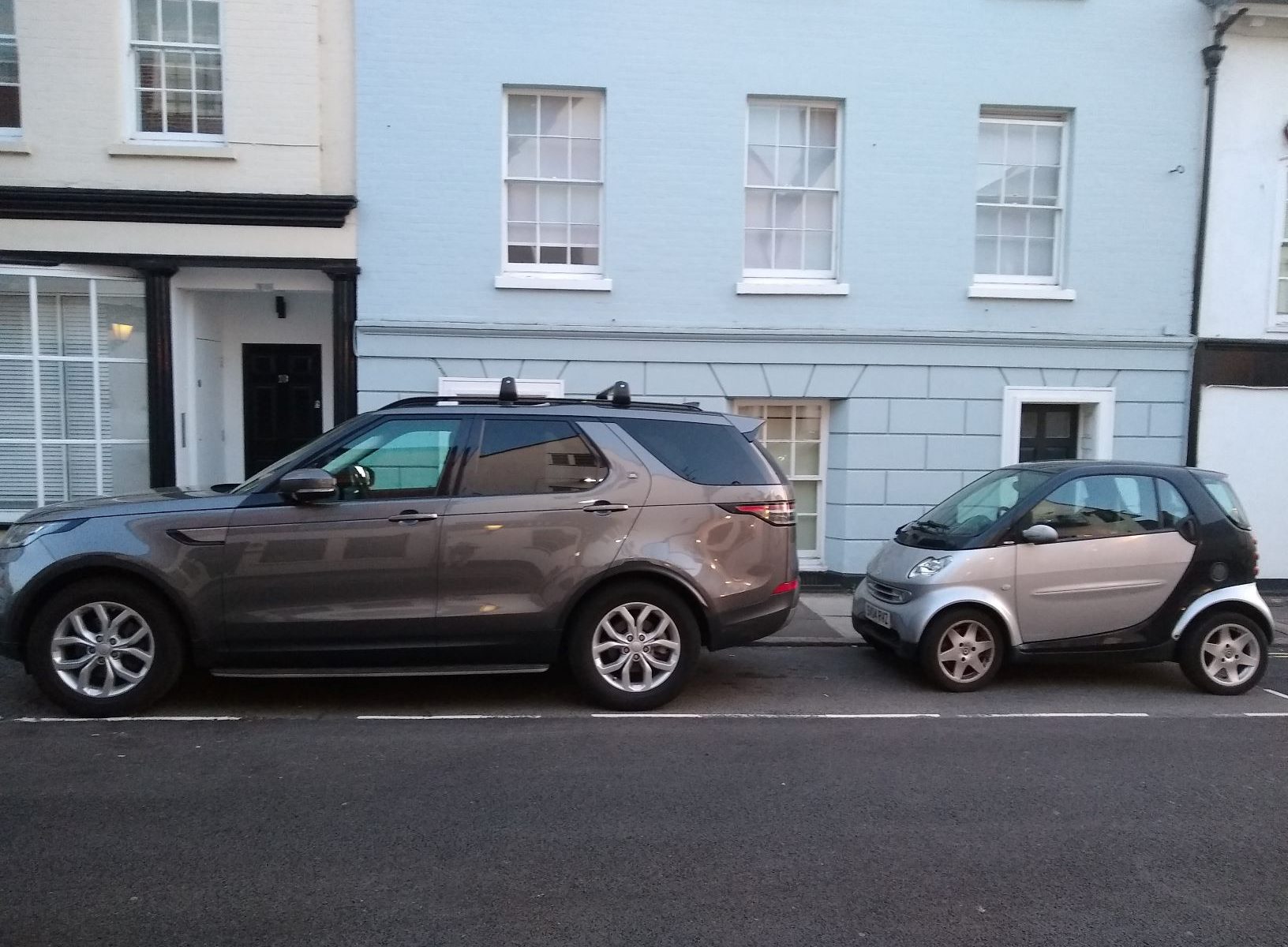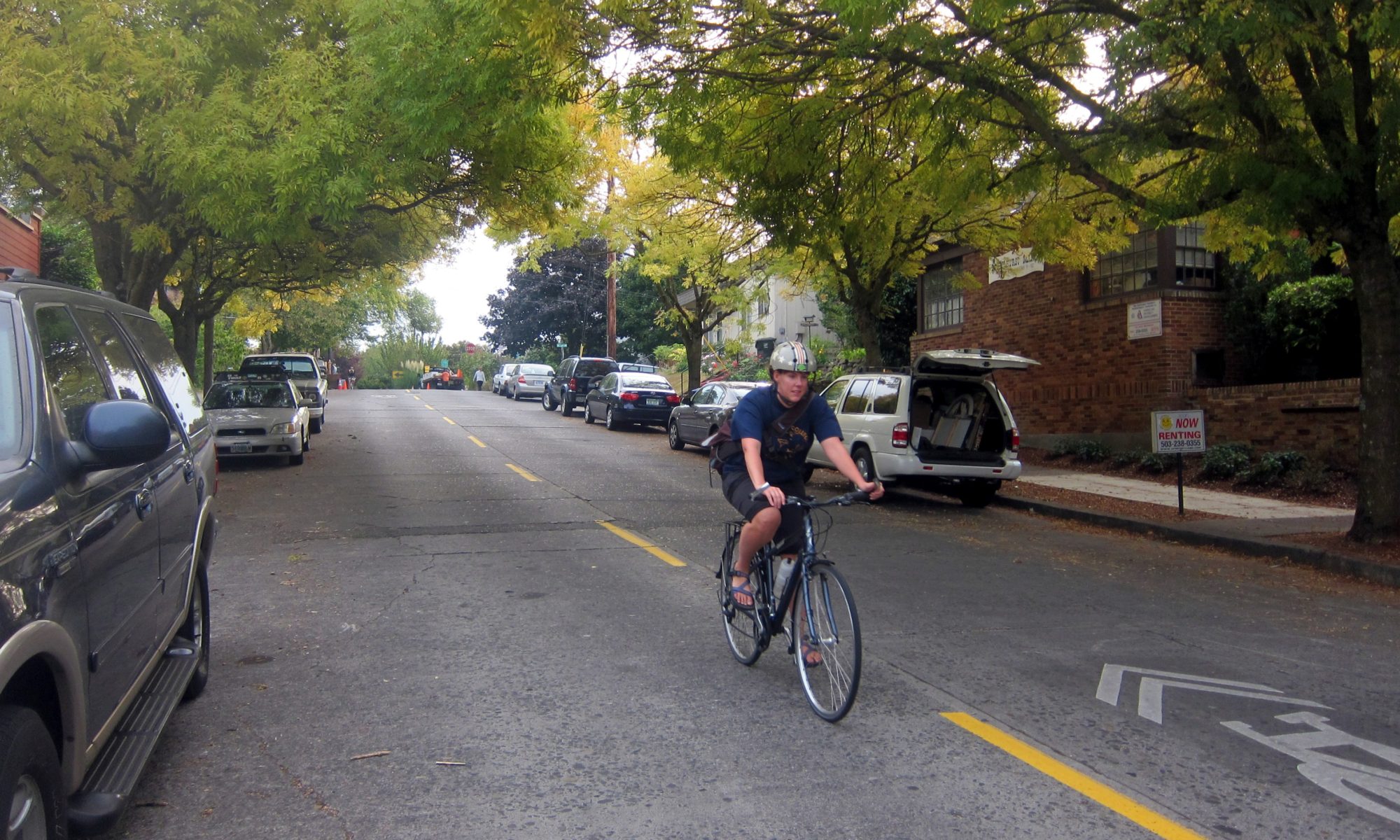Building our communities helps society and the planet too
Why switching to organic coffee could help restore ecosystems
How we should be talking about the climate emergency
It’s time for the elites to lead by example
Motor sports cannot continue to run rough-shod
Watching on the TV the plumes of smoke rise as cars tore across the landscape at the Dakar race (an annual cross-country car rally), I wondered, how is it possible in a climate emergency that such an obviously polluting and environmentally destructive activity is allowed to continue? While personally I do not find it as distressing to watch as a blood sport like bull-fighting, but watching this kind of “spectacle” feels uncomfortable when the environmental cost is considered.
Cross country racing, even in a desert, is such a blatant manifestation of everything that is wrong with the way we are treating the planet – both caring for the land, and for what reaches the sky. As thick wheeled vehicles fly across terrain, carving it up as they go, not only are fumes belched out into the atmosphere, but also particulate pollution from the tyres and brakes is released into the ecosystem. Perhaps seeing a desert, it doesn’t look like there’s an abundance of life, but as David Attenborough’s astonishing documentaries have shown, there is life virtually everywhere on earth.
Over the last decade the rally has been held in South America, where environmentalists rang the alarm about the threat to topsoil in fragile ecosystems and the habitats of llamas and condors. Nonetheless the high levels of revenue to be gained from the tourist pull of the event were enough to sideline these concerns.
Its concrete based cousin, Formula 1, also has its fair share of environmental questions to answer producing emissions of around 256,551 tonnes of CO2 per year. To put that in perspective, that represents the equivalent of 90,000 people each emitting 3 tons a year (a shade higher than India’s current average per capita) – and represents the target we need to get to per capita in order to stay below 1.5C warming.
While I understand there is employment in this industry, the idea that we have a right to leisure activities at any cost has to be set against the health of the living planet, the extinction of so many species and the increasing number of people killed or affected by climate change.
The motor racing industry is just one area of a giant leisure industry – of which gaming is another big CO2 emitter (more on that in another post), and obviously there are people who will lose their jobs should this cease to exist. Those people should be helped into other employment, whether they are ex miners or mechanics, but motor sports cannot continue to literally run rough-shod over the world’s precious ecosystems, or continue to eat up our ever dwindling carbon budget.
The beloved winter wonderland under threat of extinction
Every year Mariah Carey’s “All I Want for Christmas is You” rings out across shopping malls. The accompanying music video, like so many other pop songs, plays on the charmed winter wonderland setting. The Christmas fairy-tale of Santa Claus flying in his sleigh from Lapland is all part of the same snowy dream which is behind so much of Christmas marketing and sales.
Taylor Swift is the latest pop star to release a Christmas single evoking the winter wonderland. The song entitled “Christmas Tree Farm” is made up of idyllic clips of Swift and her brother as little kids playing in the snow. But that enchanted winter scenery is becoming an ever more distant dream as the planet continues to heat up.
Global warming has already melted large parts of the Arctic sea ice, and snow is becoming much less common in mountain ranges like the Rockies. This not only affects the winter leisure sector of ski-ing and snowboarding, but also the wildlife and people that depend on it. Large areas of Northern California and the Mountain West depend on the snow for their supplies of drinking water which since 1982 has seen a 41 percent decline in the annual mass of snow, while Himalayan wildlife and people are facing a similar predicament.
The Arctic is even worse affected. Polar Bears are at the front line of this human caused tragedy. Each year their plight gets a bit worse as it becomes more and more difficult for them to hunt seals in the way they always used to. BBC’s Planet Earth documented incredible footage of a thin polar bear that swam miles to an island to try and hunt a walrus, while Seven Worlds, One Planet showed a group of polar bears trying to hunt beluga whales – something never seen before.
All the while the Christmas marketing machine spins the wheels of consumerism in every possible Christmas or snow themed product. While all sales are part of the carbon story, illuminated polar bears as Christmas decorations are a sad paradox: the plastic, energy hungry fake counterpart is burning the energy that is melting the real bears’ home. But even more jarring are wealthy pop stars selling the White Christmas dream when they are part of a tiny minority who among the biggest contributors to the CO2 in the atmosphere.
Taylor Swift and Mariah Carey are part of an elite who own private jets. They also own multiple homes, and are keen shoppers – Mariah has a lavish walk-in wardrobe which she is proud to show off, and when Swift paid a visit to Stella McCartney’s shop earlier this month she emerged laden with bags. They are not the only ones of course, but it does feel particularly jarring in climate emergency to see this kind of carbon intensive luxury while using the enchanted snow-covered landscapes to sell their music.
Private luxury is clearly not sustainable if we are to limit warming. While the average worldwide carbon footprint stands at around 4.5 tonnes a year, the average citizen of Australia, the USA and the Gulf States produce 3-4 times that amount annually – while India stands at less than 2. The IPCC (International Policy for Climate Change) suggests that we will need to halve the global average per capita if we are to limit warming. That means aiming for a maximum personal carbon budget of around 2.3. When you consider that Meghan and Harry’s return trip to Nice used up 9.5 tonnes of carbon in one go, it’s easy to see why environmental campaigners are talking about climate justice and an end to private luxury. Some people are taking way more than their fair share and it’s impacting the entire planet.
That’s not to say that it’s only the rich and famous that are responsible – but there is a clear correlation between wealth and carbon footprints. We all love the snow – and more important than that is it’s role as part of the natural world. Those conspicuously consuming have a moral duty to stop their excessive carbon overshoot. Leonardo Di Caprio has given up his private jet. Who will be next?
Could we be done with the school run?
Back in the 1950s when less than 30% of travel was by car, van or taxi, children would mostly either walk to school or travel by bus. My mother recalls travelling by “trolley bus” – a kind of electric bus for urban areas. But that trend has dramatically declined over the past 70 years, and in the last 20 years the number of children travelling to school by car has doubled. The dramatic rise of the car has created traffic and air pollution problems across the world, and in the UK school traffic now accounts for around a fifth of all traffic.
Many factors feed into the rise of the car for the “school run”, but we have reached a point where action must be taken to improve air quality for all and to reduce further planetary warming. Bristol recently hit the headlines over the lethal nature of poor air quality – 5 deaths a week are said to be caused by air pollution.
Road accidents are one of the reasons parents cite for using the car for the school run. Even though the number of fatalities from road accidents has declined in the past half century, road accidents remain the biggest killer of children and young adults aged 5-29.
One obvious way to improve road safety is to introduce more traffic calming measures and better road crossings. A German town did just that. Enlisting the help of school children, the roads around the school were redesigned with colourful signage suitable for their age group.

If more children walked to school, not only would the air quality start to improve for all pedestrians, but there are benefits for the children, both mental and physical. Walking to school allows kids time for social interaction and would help combat child obesity, now affecting one in 5 children in the UK.
But a kind of chicken and egg situation has arisen. The worry about road safety from cars, as well as the poor air quality in some towns, is making it less likely that parents will want their children to walk to school, and more thus more likely to continue with private car transport – adding to the air pollution and traffic problem.
Of course not every child lives close enough to walk. Some live too far away, or simply do not have access to adequate public transportation. Across Britain, village schools have closed due to population decline and funding issues, with conglomerates taking their place. The story of rural decline is a trend that has also seen hundreds of village shops close. To make matters worse, the number of bus routes have reduced by around 60% since 1950s, and the last decade has seen 3,000 routes axed or reduced. Investment in public transport has been focused on the big cities, leaving rural areas much more isolated.
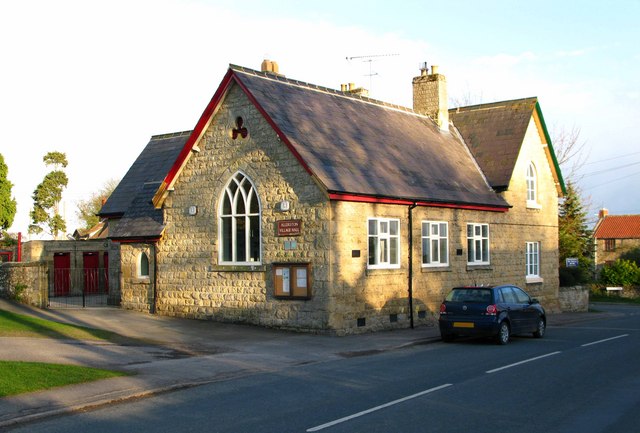
A further factor influencing the way in which children travel to school is parents’ choice of school. The Ofsted evaluation system of “outstanding” “good” or “requires improvement” (following obligatory school inspections), often funnels parents towards selecting the highest ranked schools, rather than the closest ones.
The climate crisis has thrown into the spotlight the problem with our current system. Not only are some routes too unsafe to walk (like A roads), but even within towns the roads are lacking sufficient traffic calming measures and signage to make roads safe for children. And the drastic decline of bus transport since the 1950s has further reduced parents’ options.
The climate movement is increasingly looking to the past for answers to live more sustainably – from beeswax wraps to repair cafes to staycations. With some investment in roads and transport, could we be done with the school run?

Related links:
https://www.kcl.ac.uk/news/children-exposed-to-five-times-more-air-pollution-on-school-run
https://www.bbc.com/news/uk-england-42749973
